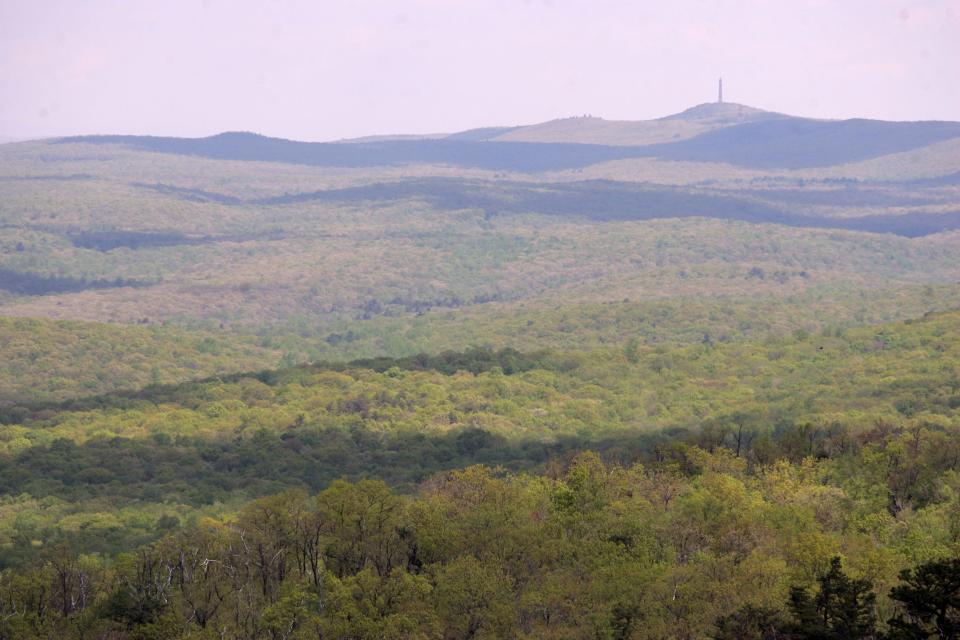It’s just a myth that nonvenomous snakes are the only ones that can climb trees.
Yep, you read that right. It’s possible that you may look above and see a copperhead, rattlesnake — or even a coral snake — slithering its way up a tree. Or it may already be wrapped around a limb peering down at you.
After a video of a rattlesnake sitting on the limb of a tree went viral and prompted claims of photo editing, the Arizona-based Rattlesnake Solutions confirmed that there is no longer a question of whether it happens, but how frequently it does.
Venomous snakes, such as the rattlesnake, can and do climb trees — but it isn’t commonly observed.
More: Texas is home to 4 venomous snake groups. Here’s what to look out for when you see one
Here’s a list of debunked myths about venomous snakes
While acknowledging that rattlesnakes can climb trees, the company, which specializes in rattlesnake removal, also debunked some myths in an Instagram post earlier this year.
-
“No, this does not mean they can climb all surfaces, including smooth surfaces.”
-
“No, this does not mean that they’ll now drop from branches into the yard or on your head.”
-
“Yes, your uncle who tells the story about the ‘nest of rattlers that jumped in his boat’ is full of s**t.”
These same notes apply to copperheads and cottonmouths — which the Florida Fish and Wildlife Conservation Commission described as “poor climbers and are rarely found in trees.” (By the way, the venomous cottonmouth, also known as water moccasin, also does not chase people as often claimed.)
More: What happens if a rattlesnake bites you? Here’s everything you should and shouldn’t do
This article originally appeared on Lubbock Avalanche-Journal: Can venomous snakes climb trees? What to watch out for in Texas
Signup bonus from





